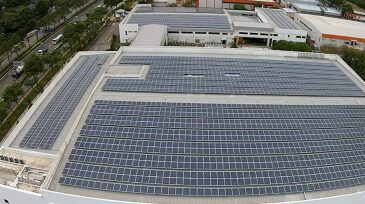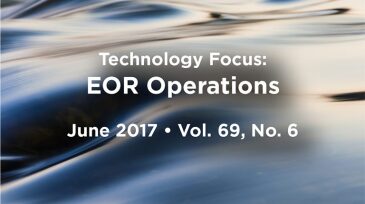EOR/IOR
-
The projects are designed to reduce technical risks in enhanced oil recovery and expand application of EOR methods in conventional and unconventional reservoirs.
-
Aker Solutions and FSubsea have agreed to a joint venture, named FASTSubsea, to help operators increase oil recovery.
-
The report card for unconventional oil and gas producers from a leading industry analyst is A+ for growth and F- for paying back investors.
-
Wells often end up producing oil and gas far longer than expected. But that often requires the operator to commit to building and maintaining facilities for the long haul.
-
Shell invested in a Singapore solar company and signed an agreement to purchase a Texas company with solar and other renewable assets. Along with its minority stake in a company that uses solar to generate steam for EOR in the Middle East, Shell catches some rays in the Asia Pacific, US, and Oman.
-
In a plenary session at the Unconventional Resources Technology Conference, executives in charge of unconventional operations for international oil companies talked about how they have slashed their cost per barrel.
-
This paper presents an overview of the SACROC Unit’s activity focusing on different carbon dioxide (CO2) injection and water-alternating-gas (WAG) projects that have made the SACROC unit one of the most successful CO2 injection projects in the world.
-
A critical step in proper design and optimization of any chemical-enhanced-oil-recovery (CEOR) process is appropriate and precise numerical simulations.
-
This study explores the mechanisms contributing to oil recovery with numerical modeling of experimental work and investigates the effects of various parameters on oil recovery.
-
Dimethyl-ether (DME) -enhanced waterflood (DEW) is a process in which DME is added to injection water and, upon injection, preferentially partitions into the remaining oil.










